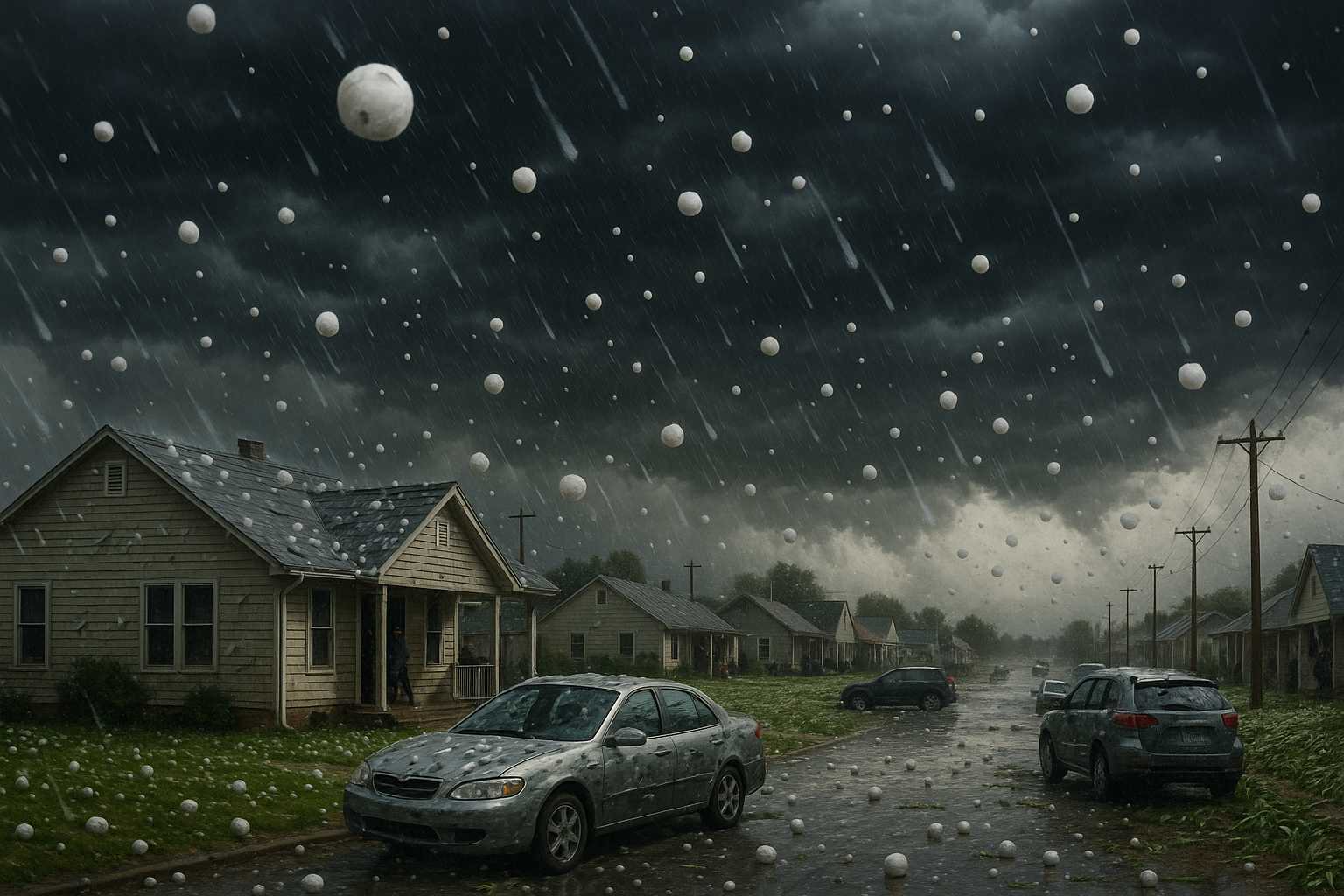As a meteorologist passionate about extreme weather, I’ve encountered countless fascinating phenomena, but few match the sudden ferocity of a hailstorm. Across the United States and around the globe, hailstorms can cause catastrophic damage in a matter of minutes—shattering car windows, decimating crops, and posing significant risks to communities.
The Science Behind Hail Formation
Hail forms within strong thunderstorm clouds, especially those with intense updrafts. When rising air currents carry water droplets upward into extremely cold areas of the atmosphere, these droplets freeze. They may encounter supercooled water along the way, which freezes onto them and helps hailstones grow in size. The cycle repeats—each trip up and down in the cloud adds another icy layer. Eventually, when the hailstones are too heavy for the updrafts to support, they fall to the ground.
The largest hailstones on record in the U.S. exceeded 8 inches in diameter! While rare, even much smaller hail can be destructive, especially to agriculture and property. Notably, the Plains states, including Nebraska, Kansas, and Texas, sit in what’s called "Hail Alley"—a region particularly prone to frequent and severe hail events.
Community Impacts
Beyond the immediate property damage—think dented vehicles, broken windows, and ravaged roofs—hailstorms affect communities in deeper ways. Farmers may lose entire crops, leading to financial stress and local food shortages. Residents must often deal with sudden power outages, disrupted transportation, and the risk of injury. In 2017, a hailstorm in Denver, Colorado caused more than $2.3 billion in damage, illustrating the economic scale of severe events.
Safety Tips During Hailstorms
To protect yourself and your property:
- Seek shelter indoors at the first sign of a severe thunderstorm.
- Avoid windows, as hail can shatter glass.
- If driving, pull over to a safe location, preferably undercover, and remain in your vehicle until the storm passes.
- Prepare ahead: Reinforce roofing and keep cars parked in garages when severe weather is forecast.
Looking Forward
Understanding the meteorology behind hail helps communities better prepare and adapt. As climate patterns shift, some scientists expect hailstorm patterns to change as well—making forecasting even more vital.
Stay weather aware, and remember: While we can’t prevent extreme weather, together we can build resilience and lessen the impacts on our neighborhoods.
Stay safe,
Dusty


Leave a Reply